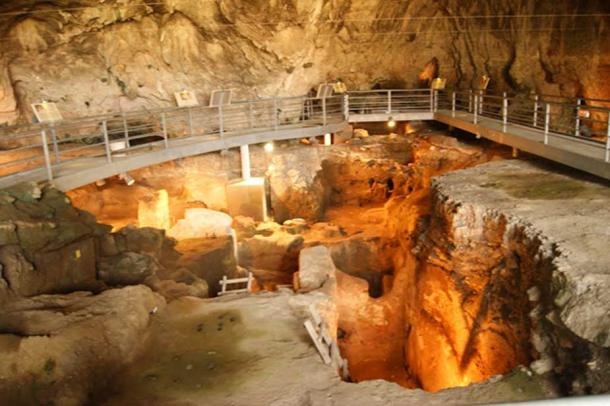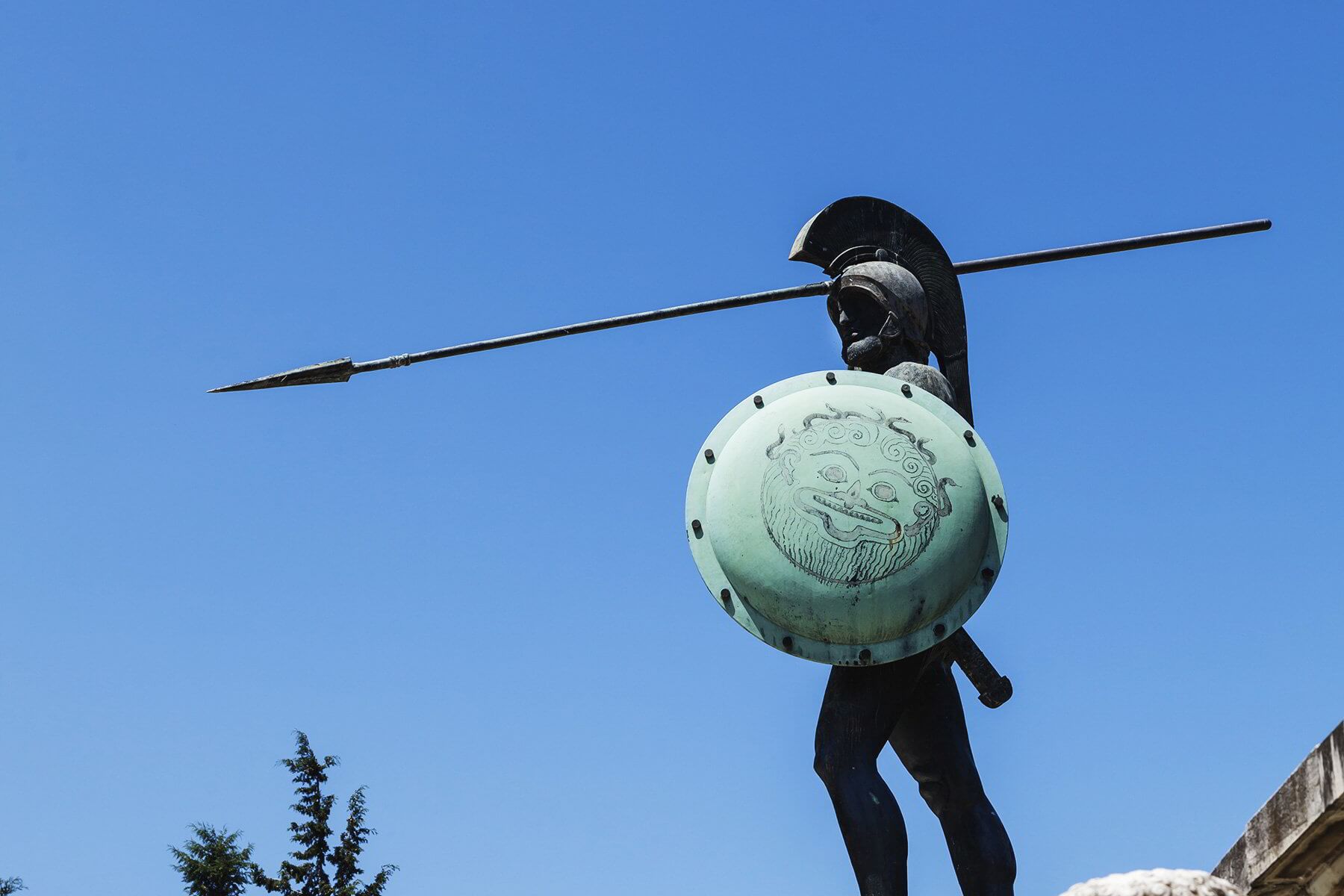Tour Price: 450€
Meteora
Meteora, which means “hovering” or “in limbo”, is a gigantic stone complex that is located in the northwestern part of the Plain of Thessaly, near Pindus Mountains. Their rock formation is hard to explain geologically, as it is made up of constituents that are not typically found in areas that are surrounded by mountains, as Meteora is. Geologists estimate that the formation of Meteora may have started over sixty million years ago.
The first people that inhabited Meteora were ascetic groups of monks who chose the isolated location to avoid any contact with people. Meteora is the largest complex of monasteries and nunneries after Mount Athos. In the past it was home to 24 monasteries, while nowadays only six of them are still in use.
Meteora is included in the UNESCO World Heritage List meeting 5 different criteria, among which is the one of exceptional natural beauty and aesthetic importance. It makes a lot of sense, since it can literally take your breath away!
Theopetra Cave
Theopetra Cave, a limestone rock formation was populated since as early as the Middle Paleolithic period, and up to the Neolithic Period. The signs of human presence that date as back as the ones in the Theopetra Cave and bridge the Pleistocene with the Holocene, are of utmost importance to scientists worldwide as they are very rare findings. Various tools, pottery items and jewellery from all the periods Theopetra was populated have been found in excavations in the area.

Thermopyles
Thermopyles, which means “hot gates”, is the name of a narrow passage with hot springs where Leonidas and his 300 Spartan soldiers, along with 700 Thespians, gave a historic and heroic battle against the Persians in 480 BC. This battle was the inspiration for the film “300”. Nowadays, the monument dedicated to Leonidas and his heroic soldiers, along with the historical hill of Kolonos mark the area where the battle was fought.

We will set off from the agreed location and begin our trip to Meteora, which is approximately a three-hour-drive. Upon arriving, we will visit the Monastery of Great Meteoro, which was built in the middle of the 14th century and, apart from the monastery itself, also has a Museum that we can visit. Our next stop is the Monastery of Roussanou, built in the middle of the 16th century, which today is a nunnery with 13 nuns. Next, we will visit the Holy Monastery of the Holy Trinity, built in mid-15th century and the Holy Monastery of Varlaam (16th c.). Our last stops on our visit to Meteora will be the Holy Monastery of Saint Nikolaos Anapafsas (14th c.) and the Holy Monastery of Saint Stefanos (12th c.). The latter was shelled by the Nazis in WW2, but was later restored and now is the home to 28 nuns.
After we have completed our visits to the monasteries of Meteora, we can enjoy walk around the quaint little town of Kalampaka, which is built at the foothills of the Meteora complex. Then, we can visit the Theopetra Cave, the limestone rock formation which is located 3 km from Kalampaka. Our last stop on our trip will be on our way back, as we are going to visit the Monument that commemorates the historic battle that Leonidas and his 300 soldiers gave in the area of Thermopyles.
Meteora is located 370km from the centre of Athens. Our tour will last approximately 12 hours, allowing 4 hours for visits to monasteries and places of interest.
